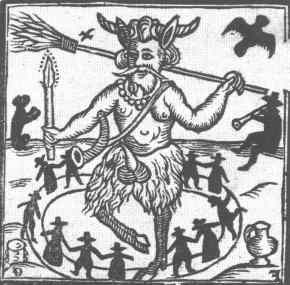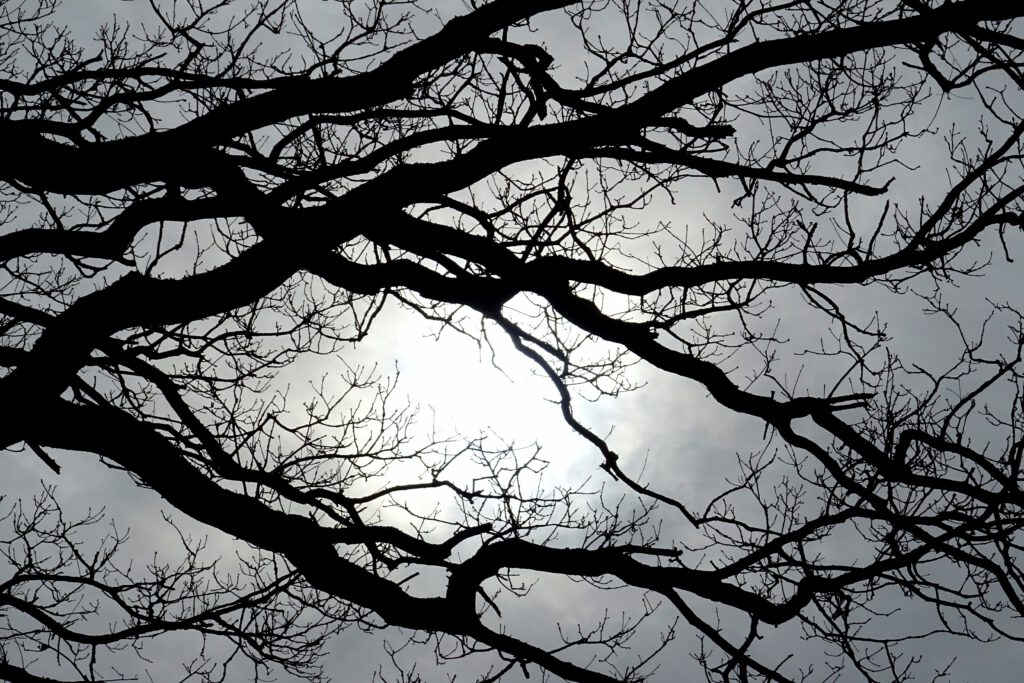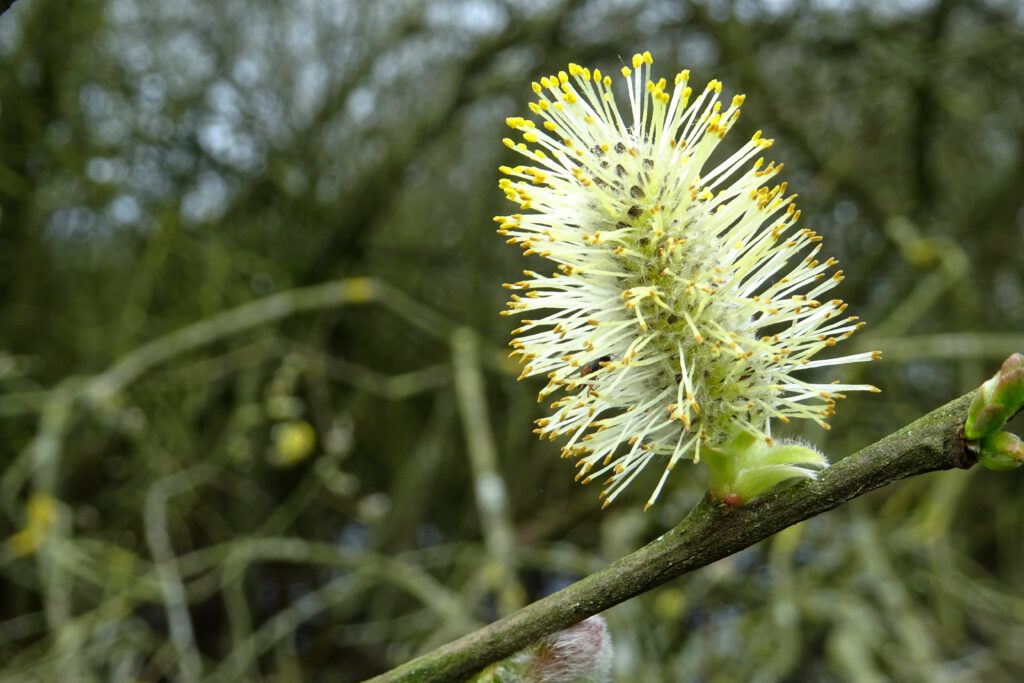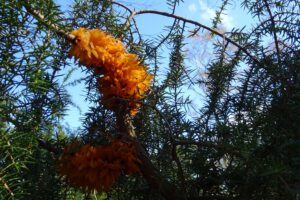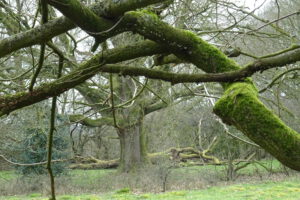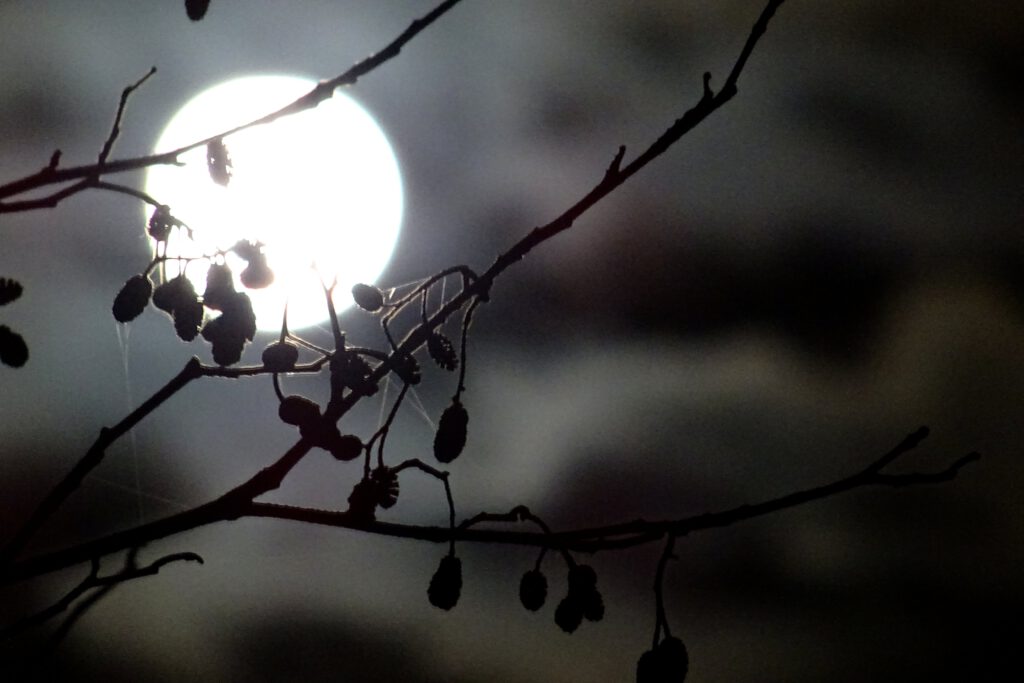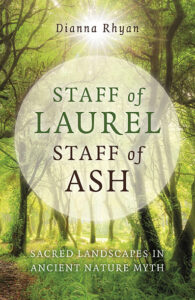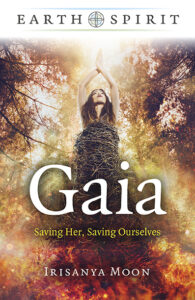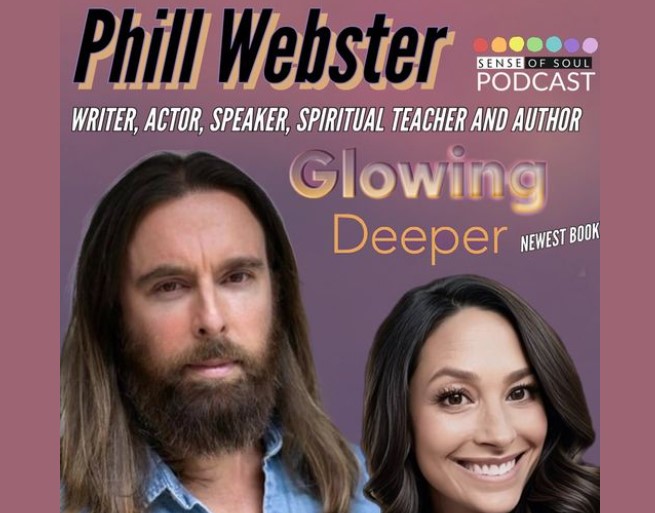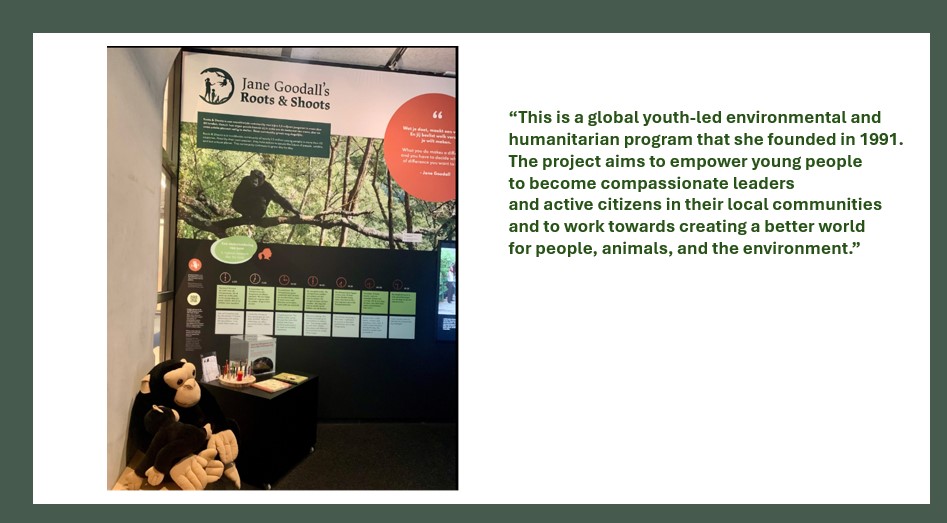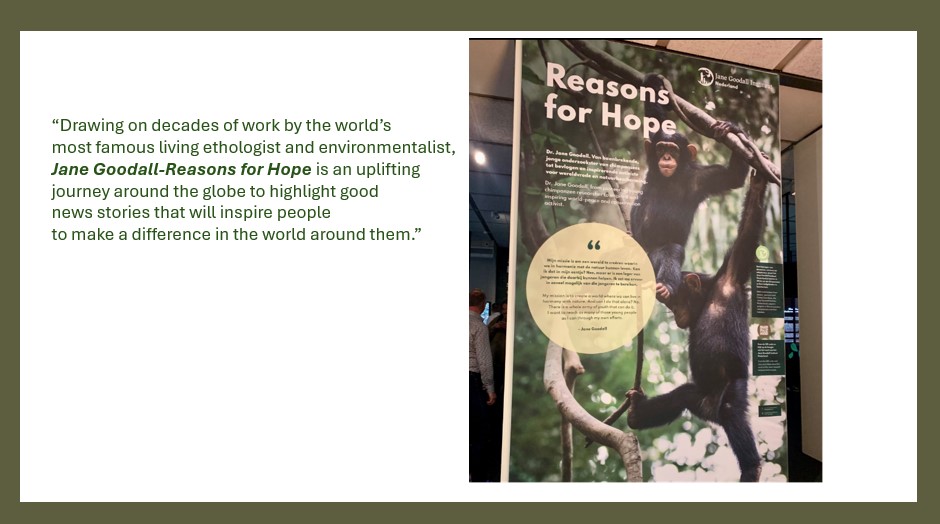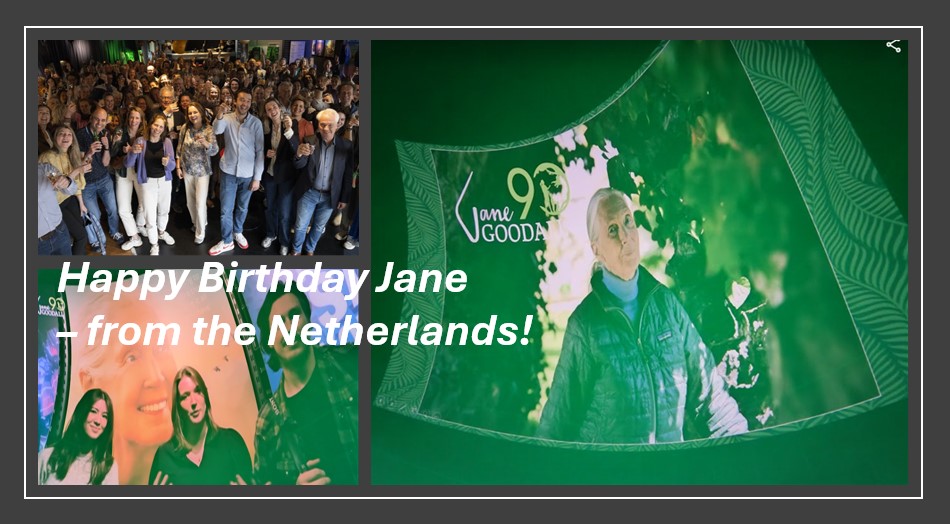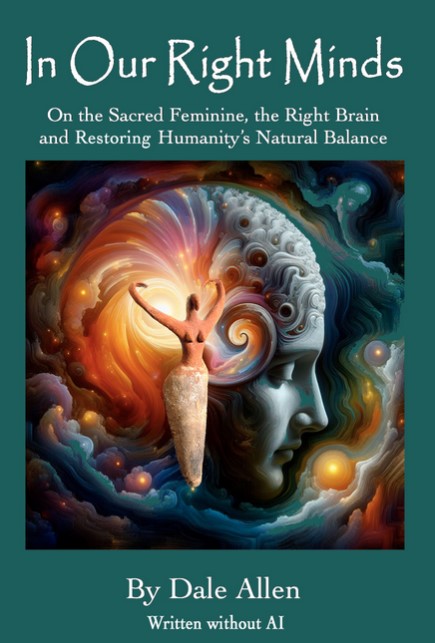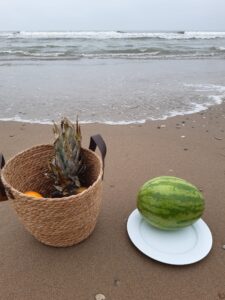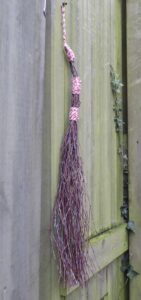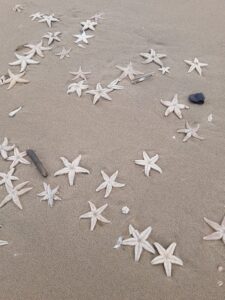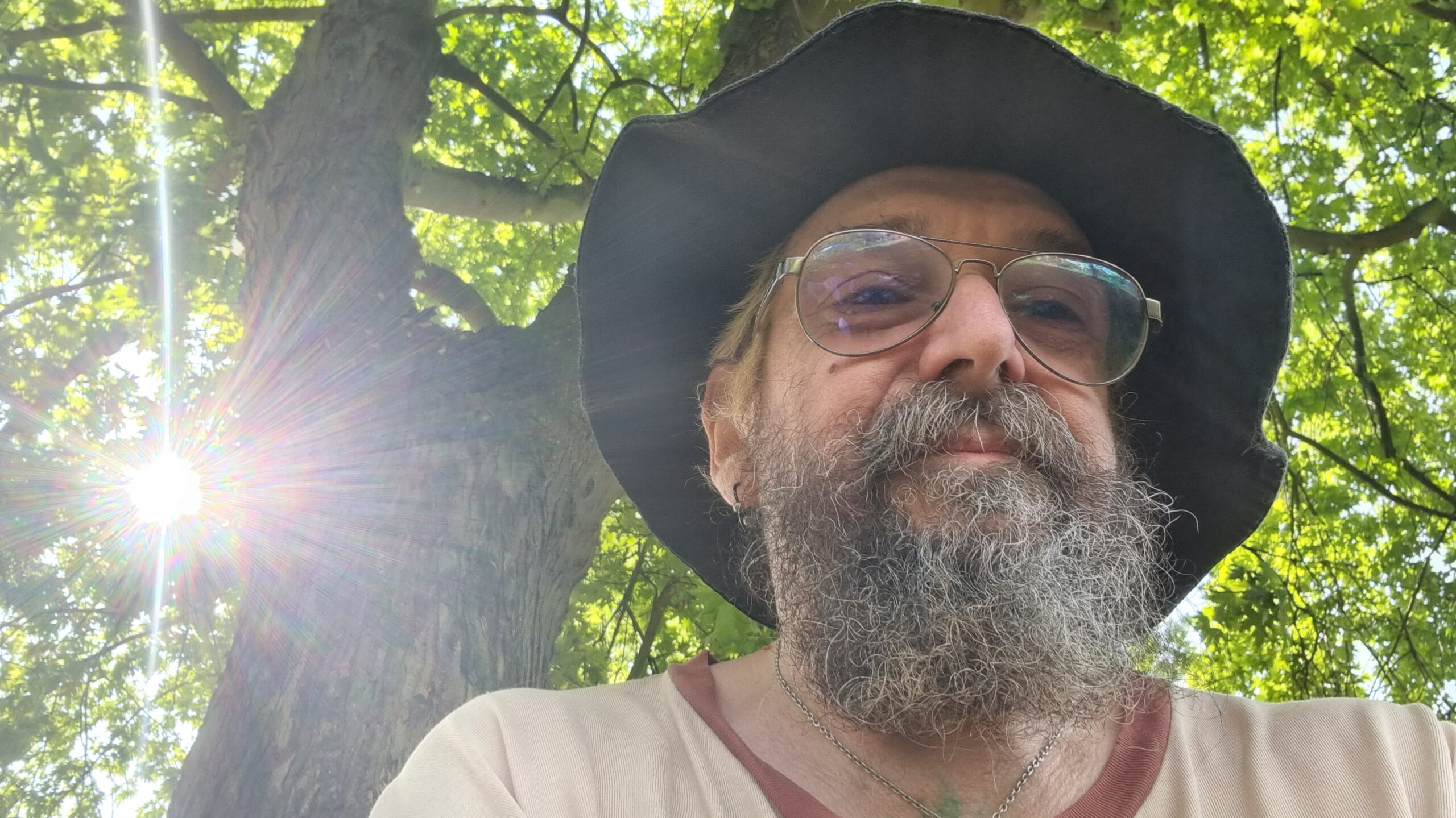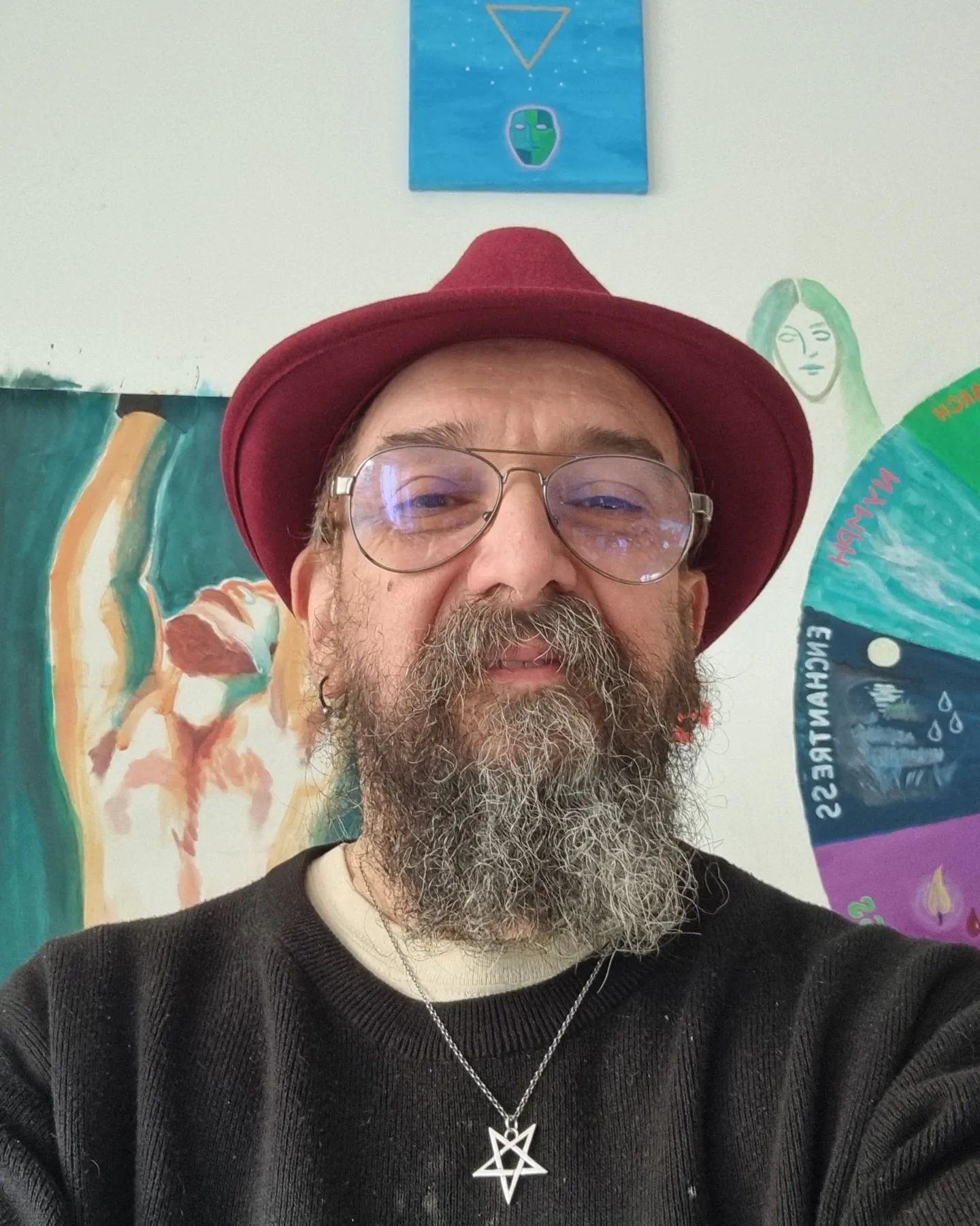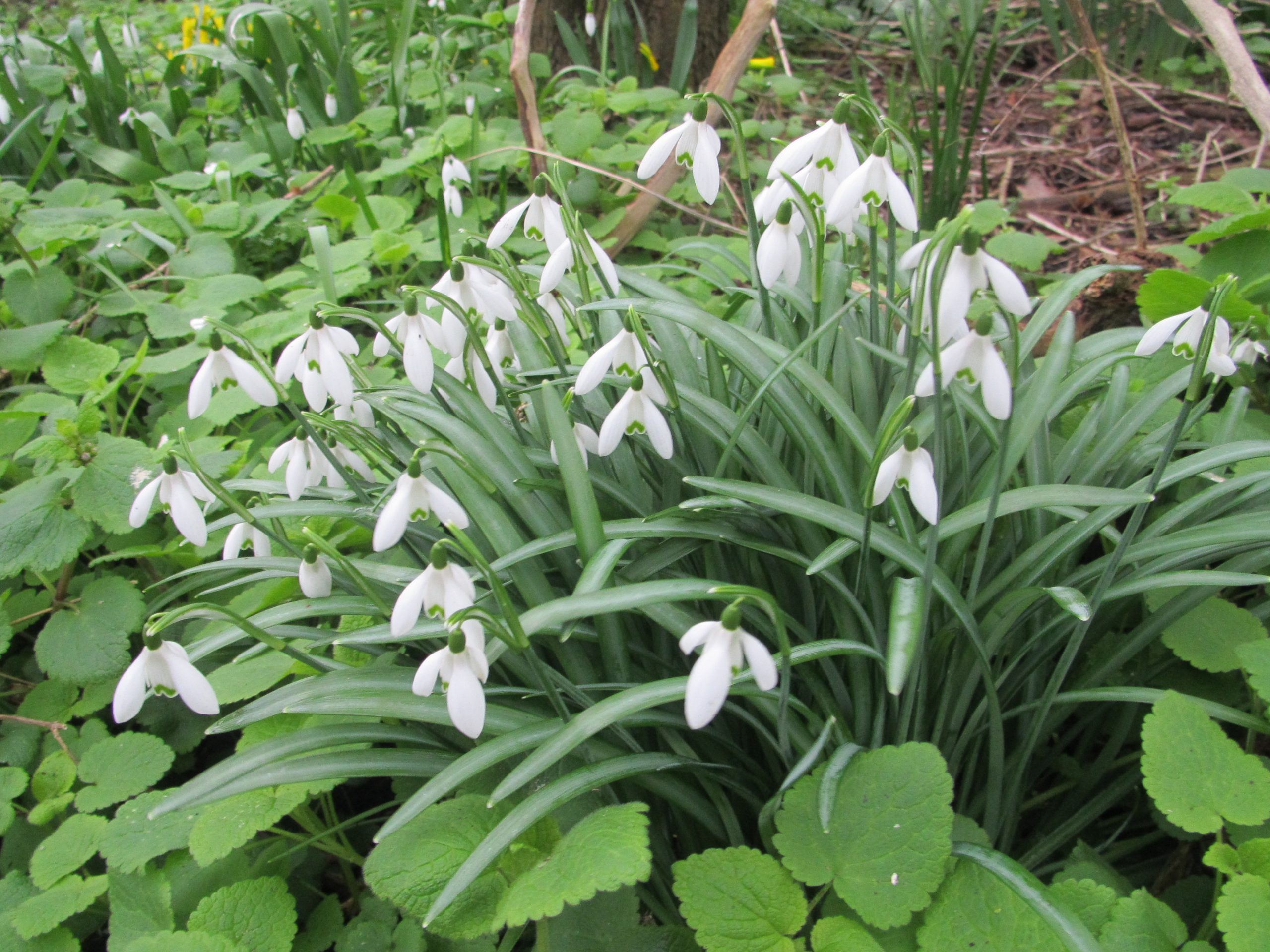The equinoxes and solstices are known as the ‘lesser Sabbats’ and the cross-quarter days as the ‘greater Sabbats’ which includes May Eve. May Eve is probably the most joyous of all the festivals and the emphasis is very much on ‘merry-making’. It should be noted that Beltane, which is also celebrated at this time, is different from May Eve, although in pagan circles the two festivals are usually celebrated as one. Beltane (Celtic) means ‘Bels fire’ and is named after Belinus, a solar deity. Beltane is in fact one or the four great fire festivals in the Celtic year. May Eve celebrates the coming summer: it is the time when the vegetation really begins to grow. Beltane, which is the opposite of the festival of Hallowe’en (Samhain), is the time of renewed hope and delight of the ending of winter. The Beltane fires were lit on sacred hills, and this custom was celebrated as late as the 18th century in Scotland. (The custom also existed in Wales, Ireland, Scandinavia and Bohemia).
(Morgana Beltane 2018)
May Day or ‘bringing in the May’ abounds with many customs. The Hawthorn is sacred, and begins to blossom when the constellation of the Pleiades rises. The Pleiades is a constellation consisting of seven stars, the seven daughters of Atlas. They are called Maia (May), Electra, Merope, Alcyone, Taygete, Sterope and Calaeno. Summer begins with the rising of the Pleiades, and conversely winter begins with their setting. The Pleiades are also called the Seven Virgins.
One of the most famous of all the May Day celebrations is the dancing round the Maypole. There is a great deal of symbolism attached to the image of the pole. The most significant though is the connection with the ‘world tree’. In Norse Mythology the world tree is called Yggdrasil, which can be translated as the ‘I-bearer’. The tree as archetypal symbol stands for the phallic-masculine principle. Its’ ”procreative character outweighs that of sheltering and containing” (i.e. the feminine) (Erich Neuman in ‘The Great Mother’). There are quite a few myths where the symbol ‘pole/pillar/tree’ is seen as the axis of the world. It also symbolised life, fecundity, and immortality, it formed the link with the ‘all-source’ of the universe.
Trees, of course, play a fundamental role in Nature Worship (not to mention actual Tree Worship). There were the sacred groves of the Druids and there were several goddesses and gods connected with forests and woods.
The Maypole was traditionally made from fir, larch or birch; there were no actual measurements given, although the pole should be wider at the bottom than at the top. The Maypole was cut at sunset on May Eve and then decorated with flowers and ribbons of red, white and green. On May Day the people would then dance round the Maypole in a clockwise direction.
One of the most important features of the May Day celebrations was the appearance of the King and Queen of the May. Traditionally, in England at least, the most famous King and Queen of the May were Robin Hood and Maid Marian. Robin, who was the woodland outlaw who ‘robbed the rich to give to the poor’, is still perhaps the most famous hero of English tradition (along with King Arthur). It is not absolutely certain if such an outlaw ever existed, although one source states that he was born in Wakefield, Yorkshire, between 1285 and 1295, during the reign of Edward II.
‘Puck and the Puritans’
Robin (the name means ram) is usually thought of as living in Sherwood Forest in the County of Nottingham. Along with his band of men, a renegade friar called Tuck and Maid Marian spent the summer months in the forest, or greenwood, and during the winter they would travel around England. (One possible reason why the figure of Robin Hood appears in other parts of England.) The whole band of merry men totalled thirteen and it has been suggested that this was in fact a Coven. It is quite possible that Robin was pagan, although we are often led to believe that England was Christianised by the 13th century. Even in the more popular stories of Robin Hood he always swears by ‘the Lady’. It has been suggested that Robin and his band were worshippers of the ‘Mary cult’, which was brought to Europe by the Crusaders. This was the same cult which had inspired the troubadours, and wandering minstrels such as Blondel, and brought about the period known historically as ‘courtly love’. The Mary Cult had been banned by Constantine, the first Christian emperor, but it still continued. Mary was identified as the Anglo-Saxon ‘May Bride’ and connected to the May tree cult. The link between Maid Marian and Mary is not too difficult to see. As Maid, she was quite probably maiden of the Coven.
The popular image of Robin suggests that he may be pagan, but if we look at another of his namesakes we shall be left in no doubt as to who he was. Also called Robin Goodfellow, Robin is described as God of the Witches with young rams horns sprouting from his forehead, rams legs, and a witch’s besom over his left shoulder, a lighted candle in his right hand. He is pictured with a group of men and women performing a dance. The Somerset witches called their God Robin (The Horned God).
Robin has also been connected with fairies. He and his merry men wore clothes of green or russet which are typical ‘fairy colours’. Another name for Robin is Puck, immortalised by Shakespeare in ‘A Midsummer Night’s Dream’. Incidentally, the merry men, or Mary’s men, are the Morris Dancers of folk dance tradition.
The eight festivals make up ‘The Wheel of the Year, the Wheel of Life’ and that is a symbolic representation of the annual cycle of seasonal festivals observed by Wiccans and also many other modern pagan traditions. It consists of eight major festivals, which are divided into two categories: the solstices, equinoxes, and the cross-quarter days. Each festival corresponds to a specific point in the natural and agricultural cycle, marking transitions in the Earth’s journey around the sun and reflecting themes of growth, harvest, and renewal. When we see the Wheel of Life, we are reminded of the chronological phases in human development.
Briefly described, the Wheel of Life corresponds to the following festivals and phases of life:
Imbolc 0-6 Birth & Infancy: This phase involves rapid physical growth and development of bodily structures and systems. Motor development (learning to walk, crawl, etc.), and cognitive development (learning to understand language, recognize faces, etc.).
Spring Equinox 7-13 Children in this stage continue to develop motor skills, language, and social skills, and begin to explore their environment more independently and the emergence of the Ego. Usually, they begin formal education. They start to understand concepts like morality, empathy, and cooperation.
Beltane 14-20 Adolescence: This stage typically begins around 12 to 13 years old and continues into the late teens or early twenties. Adolescents experience significant physical, cognitive, emotional, and social changes as they transition from childhood to adulthood. Puberty marks the physical changes associated with sexual maturation and the ‘raging hormones’ with all the challenges this brings.
Summer Solstice 21-27 Early Adulthood: This stage typically spans from the late teens or early twenties through the thirties. Individuals in this stage focus on establishing personal and professional identities and pursuing education, careers, and relationships.
Lammas 28-34 Adulthood: This stage usually begins around the late twenties or early thirties. Individuals in this stage often focus on career advancement, raising children, and contributing to their communities. They may also face physical changes associated with aging.
Autumn Equinox 35-41 Middle Adulthood: This period starts around the mid-thirties and extends into the sixties. Life is centred around career and/or family life. There is often little time for community, or volunteer work, which is the reason this age group (25-45) is often missing in non-profit organizations.
Samhain 42-49 is the Autumn of our lives when one is faced with questions about mortality. Doubts about career choices, relationship choices.
Winter Solstice 50-56 and further: This stage generally begins around the mid-fifties and continues until the end of life. It’s characterized by retirement, reflecting on life accomplishments, and facing the physical and cognitive changes associated with ageing. It is often associated with the ‘Second Saturn return’ and marks a period of re-assessment, but also new inspiration for the next phase of life. Many people start a new career or project. (I also proposed a 2nd round of the Wheel of Life since life expectancy has increased in the last few decades. So Imbolc 57-63… a new phase, birth as a senior, and so on…)
‘Raging hormones…’ As we celebrate the Wheel of the Year, with the corresponding ritual, we can look forward – or reflect on the period marked on the Wheel of Life. So when we celebrate Beltane we will inevitably be reminded of our experiences associated with adolescence/ puberty. How did we deal with the emerging sexual identity? And the raging hormones associated with becoming fertile, when starting menstruation. Or in the case of boys when their voice begins to change, this often marks the beginning of their “growth spurt”. Testosterone produced primarily in the testes in males plays a significant role in the growth spurt experienced by boys during puberty.
As we celebrate the Wheel of the Year, with the corresponding ritual, we can look forward – or reflect on the period marked on the Wheel of Life. So when we celebrate Beltane we will inevitably be reminded of our experiences associated with adolescence/ puberty. How did we deal with the emerging sexual identity? And the raging hormones associated with becoming fertile, when starting menstruation. Or in the case of boys when their voice begins to change, this often marks the beginning of their “growth spurt”. Testosterone produced primarily in the testes in males plays a significant role in the growth spurt experienced by boys during puberty.
The growth spurt in girls, like boys, is primarily influenced by hormonal changes associated with puberty, particularly Oestrogen. Oestrogen is a hormone primarily produced in the ovaries, although small amounts are also produced in other tissues, such as fat cells and adrenal glands.
During puberty, girls and boys experience a significant increase in testosterone and oestrogen production, which leads to various physical changes, including the increase in height, particularly the long bones of the body, and the development of secondary sexual characteristics in females, such as the growth of breasts, widening of the hips, and the onset of menstruation (menarche).
In males, such changes occur as deepening of the voice, growth of facial and body hair, enlargement of the testes and penis, and development of muscle mass.
Other changes include the composition of the body: during puberty, girls tend to experience an increase in body fat, particularly in the hips and thighs, as well as changes in muscle mass.
Boys tend to experience an increase in muscle mass and a decrease in body fat, contributing to their overall growth and physical development.
In both boys and girls, bone growth is influenced by Oestrogen & Testosterone contributing to bone density and strength. This is important for supporting the increased height and changes in body composition during puberty.
When we see the Maypole and dancers interweaving the ribbons we are quickly transported back to our own youth. It’s not hard to see the significance of the red, white and green ribbons.
We are also reminded that the Cross Quarter Days marking the zenith of the seasons are often ‘Blood Rites’ or ‘Rights of Passage’. Imbolc/birth, Beltane, the onset of menstruation, the initiation into adulthood, Lammas, the sacrifice, the Hieros Gamos/Holy Marriage, The Great Rite and Samhain, death.
How do we use these moments as a point of inspiration and reflection? We may realise that we still haven’t addressed some of the issues each festival/ritual (re) awakens. Especially when we are looking at sexual identity we may realise that some issues have never been truly addressed.

Poem: Let the flames of Beltane burn; May the Old Ones now return; May we of their magick learn; Let the sleeper awake! Doreen Valiente
In any event, Beltane is the celebration of ‘Spring Awakening’ and the fires fuelling the new growth.
Doreen Valiente summed it up admirably in her poem ‘Let the Sleeper Awake’.
Friends that in the circle stand,
Heart to heart and hand to hand,
Bringing Beltane to the land,
Let the sleeper awake!
Let the flames of Beltane burn,
May the Old Ones now return,
May we of their magick learn,
Let the sleeper awake!
Let the streams and fields be pure,
Earth and sky be clean once more,
Love and laughter long endure,
Let the sleeper awake!
Forests spreading, peace returning,
Where the Pagan fires are burning,
Now the inner light discerning,
Let the sleeper awake!
May the Lady’s touch again,
Rest upon the barren plain,
With the sunshine and the rain,
Let the sleeper awake!
Beltane magick here we sing,
Chant the rune and dance the ring,
Joy and blessing shall it bring,
Let the sleeper awake!
[Doreen Valiente’s Spring Rite from 1971]
Happy Spring, Happy Beltane!
Sources & References:
Much of this article incorporates an article I wrote called: Spring Equinox, May Eve:
(Photo by Morgana Beltane 2018)
For a more detailed explanation of ‘Rights of Passage’ please refer to my earlier article, WRO, July 2023: https://wiccanrede.org/2023/07/rites-of-passage-the-wheel-of-life-resacralising-our-relationship-with-earth/
‘Puck and the Puritans’: https://www.boldoutlaw.com/puckrobin/puckages.html
Beltane flyer: Petra Vujicic: https://www.instagram.com/p/C6JFwnvNpey/
Wheel of the Year: https://irishwishes.com/wheel-of-the-year/
Raging hormones: https://thunderdungeon.com/2023/02/08/raging-hormones/
Books:
- Graves: The White Goddess (Faber)
- Fortune: Aspects of Occultism (Aquarian)
- Neumann: The Great Mother (Princeton/Bolingen)
- Valiente: Witchcraft for Tomorrow (Robert Hale)
- Murray: God Of The Witches (Oxford University Press)
Related articles, from the Silver Circle website: https://silvercircle.org/
How many moons be there in the yeare? July 19, 2014 In ‘Wicca & hekserij’
Herfstequinox en Hallowe’en July 19, 2014 In ‘Jaarfeesten & rituelen’
Morgana Sythove – Children of Earth Interviews December 1, 2019 In ‘Interviews & Biographies’
Amy Welsman McCann, Let the Sleeper Awake:
https://soundcloud.com/amy-welsman-mccann/let-the-sleeper-awake


